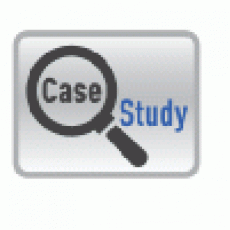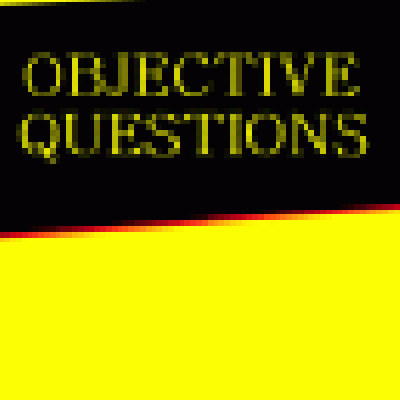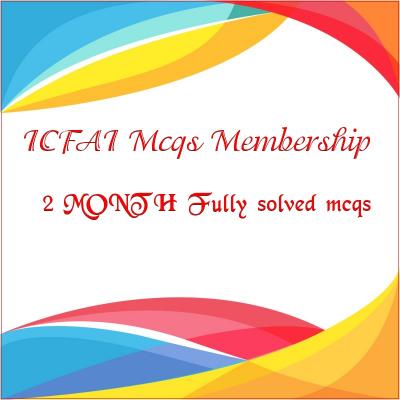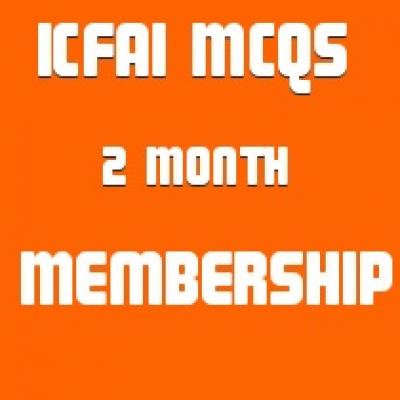BUSINESS LOGISTICS
Price:
Rs500
Multiple Choices:
Q1. This decision involves mode of selection, shipment size, routing & scheduling.
-
Inventory decision
-
Transport decision
-
Distribution decision
-
Facility location decision
Q2. This refers to the activities of gathering the information needed about the products & services desired & formally requesting the products to be purchased.
-
Order preparation
-
Order transmittal
-
Observation
-
Order entry
Q3.A very valuable function for the TMS is to suggest the patterns for consolidating small shipments into larger ones
-
Mode selection
-
Routing
-
Scheduling
-
Freight Consolidation
Q4. This refers to transporting truck trailers on railroad flatcars, usually over longer distances than trucks normally haul
-
Water
-
Pipeline
-
Roadways
-
Trailers on Flatcars
Q5. An operating philosophy that is an alternative to the use of inventories for meeting the goal of having the right goods at the right place at the right time.
-
Just-in-time
-
Kanban
-
MRP Mechanies
-
None
Q6. A buyer may wish to negotiate the best possible price but not take delivery of the full purchase amount at one time.
-
Fixed sourcing
-
Contract buying
-
Flexible sourcing
-
Deal buying
Q7. Transportation rate structure, especially rate breaks, influence the use of storage facilities is known as___________
-
Storage function
-
Holding
-
Consolidation
-
Break-bulk
Q8. These warehouses are the most common type which handle a broad range of merchandise.
-
Household warehouses
-
Miniwarehouses
-
Bulk storage warehouses
-
General merchandise warehouses
Q9. ___________ refers to the time that goods remain in the transportation equipment during delivery.
-
Leased space
-
Storage in transit
-
Load unitization
-
Space layout
Q10. It refers to the selection of more than one order on a single pass through the stock.
-
Zoning
-
Batching
-
Sequencing
-
Modified area system
Part Two:
Q1. What is Bid-Rent Curves?
Q2. What is Mixed Integer linear Programming?
Q3. Differentiate between Lumpy and Regular Demand.
Q4. Write a short note on „Order Transmittal‟.
Case lets 1
Q1. Develop a forecasting procedure for this service station. Why did you select this method?
Q2. How should promotions, holidays, or other such periods where fuel usage rates deviate form normal patterns be handled in the forecast?
Case lets 2
Q1. What replenishment order size, to the nearest 50 units, should Walter place, given the manufacturer’s nonexclusive pricing policy?
Q2. Should Walter change his replenishment order size if the manufacture’s pricing policy were one where the price in each quantities break includes all units purchased?
END OF SECTION B
Q1. What is a heuristic Method? How are they useful in solving warehouse location problem?
Q2. What is a “Virtual Inventory”? What is the planning problem associated with such inventories?
Q3. Decision makers such as truck dispatchers, can go a long way toward developing good truck routes & schedule by applying guideline principles. What are those principles for good Routing & Scheduling?
1. Case study solved answers
2. pdf/word
3. Fully Solved with answers







